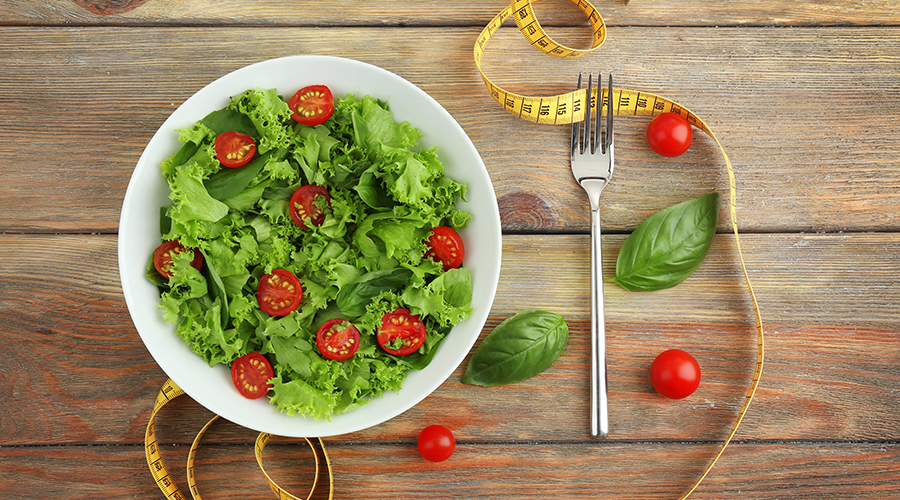Where Interval Training Goes Wrong
8 November 2024
Hello Ziddis! Haven’t we all been in the HIIT phase at least once in our life? Or maybe now you are. High Intensity Interval Training or HIIT has become a buzzword you hear the most in gyms, fitness content on your social media or guides. HIIT has proven to give promising results but it isn’t universally beneficial. It is more so to be explored by individuals to see how it fits in their fitness goals. In this guide, we will understand what could be going wrong in your HIIT training.
HIIT Training: What It Involves
High-Intensity Interval Training is self-explanatory in itself. But for those who are new to this fitness regime, HIIT involves short bursts of intense exercise followed by an equal period of breaks and the cycle continues for as long as you are training in a day.
A typical HIIT session might include a circuit of sprints, jump squats and burpees for 20 to 30 seconds at maximum for each exercise and then 10 to 20 seconds of rest in between them.
The actual impact of HIIT lies in the fact that your body goes through bouts of energy surges and rest phases keep your body going for more. The stamina is reserved and recovered.
Is High-Intensity Training Good for Us?
High-intensity training reaps loads of benefits. Studies show HIIT’s positive impact on our cardiovascular health, boosting metabolism and obviously burning loads of calories. After a good high-intensity interval training you are left feeling fresh rather than tired and sluggish.
But at the same time, HIIT has its own drawbacks.
- If you overtrain during a HIIT session it can cause burnout.
- Intensively doing HIIT can strain your joints. This puts a higher risk of injury.
- HIIT requires your body to be robust enough to bounce back even after short recovery periods.
- The wear and tear of muscle may take more time in HIIT than cardio.
- It can put a strain on your heart if you suffer from any previous ailment of the heart.
HIIT is not everyone’s cup of tea. It is intense, robust and fast which makes it a tad bit dangerous if you are not healthy enough to take up the strain.
Interval Training: Not a One-Size-Fits-All Solution
Interval training sounds like it is on the top of everyone’s gym to-do list like shopping for comfy joggers and filling up your new shaker bottle with the perfect protein shake but it isn’t all that everyone can follow. Interval training is highly customizable. You can make sure to train using exercises which suit you the best. If your focus is more on the glutes you can involve all sorts of lower-body workouts like squats, lunges and more. There is not just one variation form that everyone needs to follow.
- For Beginners who are new to the concept of HIIT, they can start using their regular workouts like squats, skipping, mountain climbers, and crunches but do it the HIIT way which is 30 seconds of intense activity and 20 seconds of rest. This will keep you motivated, consistent and safe from injuries instead of trying something completely new.
- For People suffering from cardiovascular concerns or joint ailments, it is always better to consult with a physician before taking up a HIIT regime.
It is important to understand your physical capacities before starting any new gym routine. In the case of interval training, as the name suggests the key is knowing your interval style that suits your physical capacities and powers you through each workout.

HIIT Training at Home: Pros and Cons
HIIT workouts are not restrained to be done only in a gym set-up. Most of these workouts do not even require much space or equipment. Here is how HIIT workouts at home are better for you
- It is safer since there is no extreme equipment involved
- It is cheaper considering the fees for a physical gym
- You can train at your own leisure
But there are some downsides that can lead you to believe it is better to start a HIIT regime in a gym under professional training.
- The trainer can guide you about the right form which can save you from getting injured.
- You could learn workouts in a more professional space
- If any particular exercise needs equipment like a heavy rope of blocks, those are easily available to use at the gym instead of buying them.
Once you understand and ace the regime and form you are free to practice in whichever space you feel most productive at.
HIIT Workouts for Women
HIIT may seem very intensive and masculine in nature but it is a more female-friendly routine that benefits women the most.
- HIIT can help balance hormones like cortisol which is responsible for stress reactions.
- It uplifts the mood
- It can be practised all through your menstrual cycle.
- It also helps regulate your menstrual cycle.
Women can make the most out of HIIT workouts by customizing them according to their needs, goals and menstrual cycle phases. This gives them the maximum benefits of a fruitful workout.
Takeaway: Is HIIT Right for You?
Knowing if HIIT is right or not for you would be a personal opinion but making sure you are doing it right and not hurting yourself is what we feel everyone should be aware of. Know that it is not a one-size-fits-all regime. You can tailor it to your needs and make the most of it. The level of intensity is in your hands so train away and see for yourself. Make sure to consult a physician before starting an intense routine so make sure you are doing it the right way for your body.
Keep training, rest well and listen to your body.









 100% Safe & Secure payments:
100% Safe & Secure payments:




